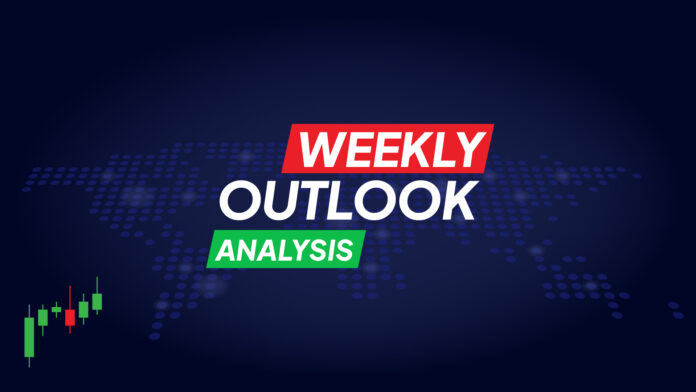This week, inflation figures in the United States will take all the market’s attention, and at the same time, markets will be looking for signals on the timing of interest rate cuts by the U.S. Federal Reserve (Fed). Similarly, this week will see key data releases from Japan and the U.K., not to mention oil prices continuing to suffer from volatility.
Here’s what you need to know to start the week.
U.S. inflation report to be released on Tuesday
After the latest jobs and growth data weighed on bets about the timing of the Federal Reserve’s interest rate cuts, all eyes are focused on the January inflation report due on Tuesday.
Any sign of downward price pressures could lead to even more bearish bets on interest rates.
Economists expect consumer prices to rise 0.2% from the previous month, for an annual increase of 2.9%. Core inflation is also up 3.8% from a year earlier.
Market analysts will also hear from different Fed speakers later this week; among the speakers are Richmond Fed President Thomas Barkin, San Francisco Fed President Mary Daly, and Atlanta Fed President Raphael Bostic.
The economic agenda for the week includes January’s retail sales figures and the weekly initial jobless claims report. Additionally, the producer price inflation report and consumer confidence data from the previous period will be released.
Market Cap Results
The earnings reporting season continues this week, just after the S&P 500 closed last Friday’s trading day over 5,000 points for the first time, and the Nasdaq also briefly topped 16,000 points, fueled by the largest market cap companies.
With results from about two-thirds of S&P 500 companies, LSEG data now points to Wall Street estimates for fourth-quarter earnings growth of approximately 9.0% heading into the January 1 growth estimates of 4.7%, while about 81% of companies were able to beat estimates, compared to an average of 76% for the past four reporting periods.
Oil Prices
Crude oil prices are set to remain volatile in the coming days after rising on Friday and increasing by a weekly average of 6%.
Prices were fueled by concerns around supply in the Middle East in the face of escalating regional conflict and major U.S. refinery shutdowns, both scheduled and unscheduled, which constrained product markets.
The week’s increases follow a 7% decline last week.
U.K. Data (Inflation, employment and growth data)
This week will bring U.K. inflation, employment, and growth data, which will be meticulously analyzed as investors try to understand and know when the Bank of England (BoE) will make its first interest rate cut.
Tuesday’s employment report is expected to illustrate that wage growth is moderating as the labor market is cooling, although it may still be considered elevated by the BoE.
Wednesday’s CPI data could also complicate the outlook for monetary policy. The Bank of England expects inflation to return to its 2% target level this year, although it has warned that it could return to high numbers in the third quarter.
On Thursday, Gross Domestic Product (GDP) data will show how high-interest rates are impacting the economy, which stagnated in the second half of last year.
Japan’s Gross Domestic Product
On Thursday, Japan will release its preliminary Gross Domestic Product data. All indications are that growth has picked up during the fourth quarter after the contraction in the third quarter, as inflation weighed on household spending and business investment slowed.
The data will take the spotlight as markets speculate on whether the Bank of Japan will end its negative interest rate policy, in place since 2016. The BOJ has laid the groundwork to end negative interest rates by April.
Additionally, GDP-related data is likely to show that Japan’s economy has fallen to fourth place globally, behind the economies of Germany, China, and the United States.



